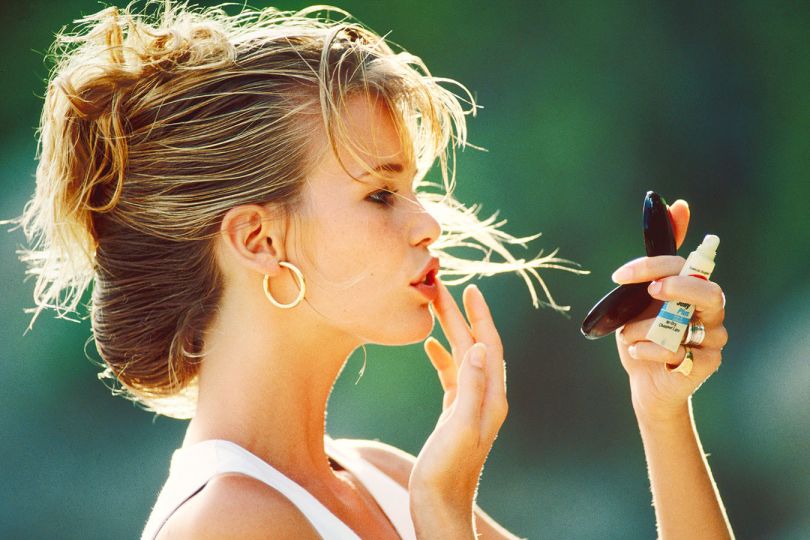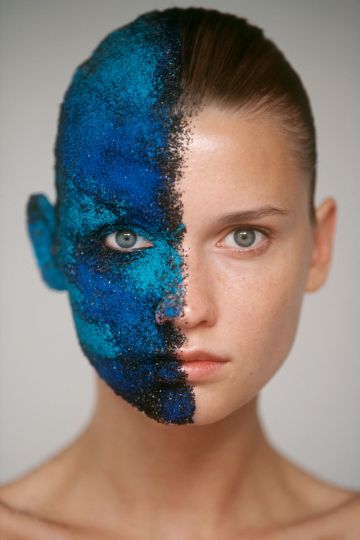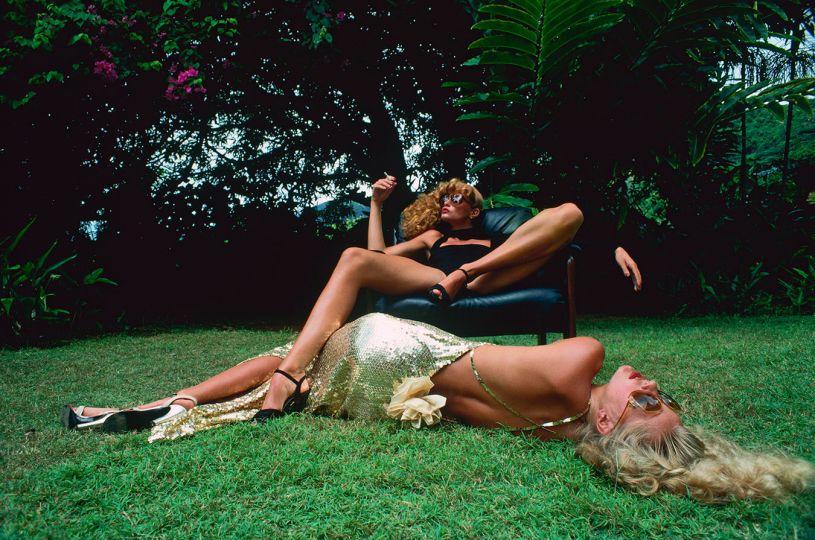I first saw his photographs in the early 1980s, but I didn’t meet him until later. It was in Paris, behind the Centre Pompidou, in the gallery above Viviane Esders, which had also exhibited, among others, Luigi Ghirri. I realized what made these medium-format, black-and-white images so astonishing in their approach to the city and architecture: they seemed to reject any sense of formalism, and they were able to integrate the power lines that most other photographers do everything they can to avoid. A few months later, in Arles, I was introduced to a tall man with a short beard. He was strong, imposing and very courteous. He thanked me for the article I had written about him in Libération and said to me, “How did you manage to write that without asking me any questions?” I burst out laughing, and it’s that memory, and the laughs I shared with Gabriele, in Paris, Bilbao, Arles, Rome and Madrid that I hope to keep. That day in Arles, he was with his companion, Giovanna Calvenzi, and his friend Luigi Ghirri, and a lifelong friendship was born.
Gabriele was not yet the great “architect-photographer” or “urbanist-photographer” that he became. But after years of architectural studies, he had chosen photography with the same passion and determination that he brought to everything he did. In his hometown of Milan, where he recently passed away, Gabriele made his first personal work. He did not consider these portraits of closed factories to be industrial ruins, but rather the memory of a time of human activity for which he had great affection. A time when, as a student, he had fought alongside the working class, when the illusion of a better future still held sway over an entire generation.
Christian Caujolle.
Read the full article on the French version of Le Journal.

















